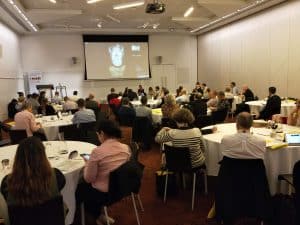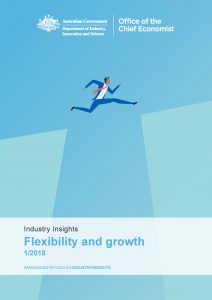The Safety Institute of Australia Limited is consulting with its members about a name change. This was flagged at the SIA’s recent conference and coincidentally follows the renaming of the American Society of Safety Engineers (ASSE) to the American Society of Safety Professionals (ASSP). According to a recent statement from CEO, David Clarke, the SIA seems keen to include “Health” in its new title but this was not an option the ASSP took up.
The SIA has chosen

 Let’s acknowledge the problems with this year’s
Let’s acknowledge the problems with this year’s  One of the Select Committees of the Australian Senate is conducting an inquiry into the “
One of the Select Committees of the Australian Senate is conducting an inquiry into the “ The primary occupational health and safety (OHS) duty rests with employers or, as they are known in most Australian jurisdictions, Persons Conducting a Business or Undertaking (PCBU). Laws are based on an assumption that employers are aware of this duty and that this duty, to provide a safe and healthy work environment without risks to health, reflects the employer’s social position and social responsibility or the company’s “
The primary occupational health and safety (OHS) duty rests with employers or, as they are known in most Australian jurisdictions, Persons Conducting a Business or Undertaking (PCBU). Laws are based on an assumption that employers are aware of this duty and that this duty, to provide a safe and healthy work environment without risks to health, reflects the employer’s social position and social responsibility or the company’s “ There seems to be a growing community frustration with regulators who hesitate to prosecute about breaches of laws, including occupational health and safety (OHS) laws, and about options that sound reasonable, like
There seems to be a growing community frustration with regulators who hesitate to prosecute about breaches of laws, including occupational health and safety (OHS) laws, and about options that sound reasonable, like  Australia’s
Australia’s  The
The